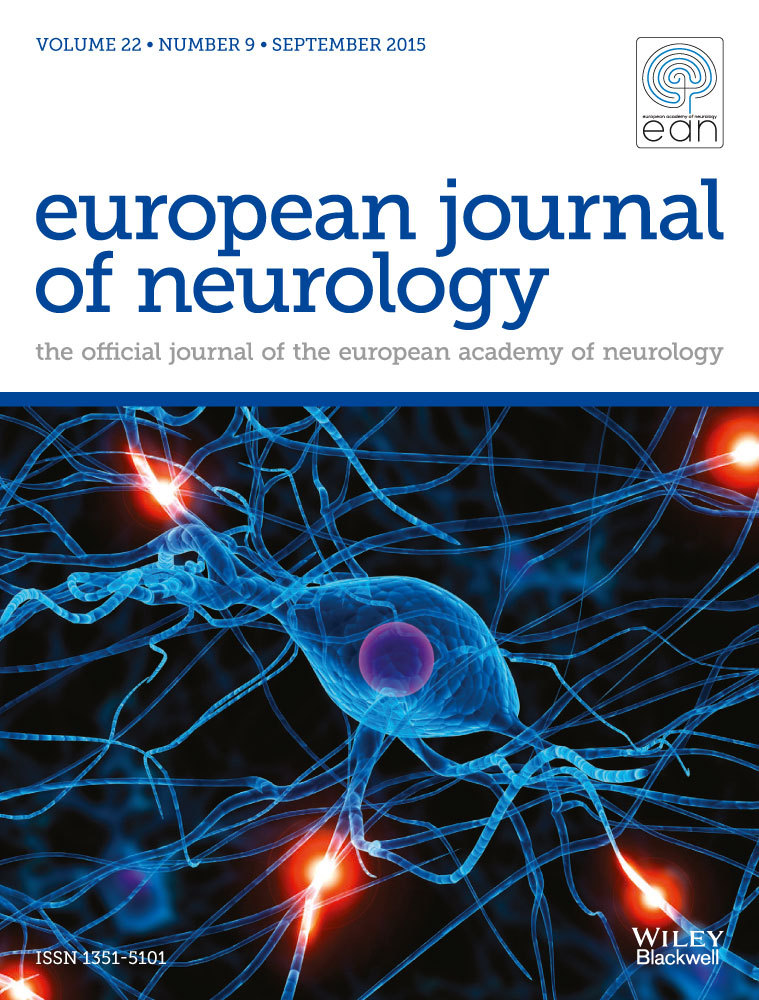Are auras a reliable clinical indicator in medial temporal lobe epilepsy with hippocampal sclerosis?
Abstract
Background and purpose
Medial temporal lobe epilepsy with unilateral hippocampal sclerosis (MTLE-HS) is the most frequent form of surgical temporal lobe epilepsy. In this study, it was aimed to determine whether different types of aura represent a cardinal and characteristic feature of MTLE-HS and might provide a diagnostic complement to help identify patients who will be seizure-free after surgery.
Methods
All types of auras and associations of auras reported by 400 MTLE-HS patients referred for surgery were retrospectively collected and their statistical correlation with the postoperative outcome was examined in a subgroup of 305 patients who underwent surgery.
Results
A total of 876 auras were collected, classified into 12 categories. Globally, MTLE-HS patients reported widely variable auras and groupings of auras. Most common were autonomic and abdominal visceral auras, followed by psychoaffective and experiential auras; less common, but seen in 10%–15% of patients, were non-specific auras, somatosensory auras and visual auras, and least common, reported by less than 10% of patients, were auditory, gustatory, vestibular, olfactory and intellectual auras. No auras were reported in 10% of patients. 65% of patients experienced more than one type of aura (two to seven). No specific groupings of aura type were apparent. No evidence was found for correlation between postoperative outcome and (i) any category of aura, (ii) the number of categories of aura per patient and (iii) any association of categories of auras.
Conclusion
Auras and association of auras vary widely in MTLE-HS and provide no useful insight into surgical outcome.




